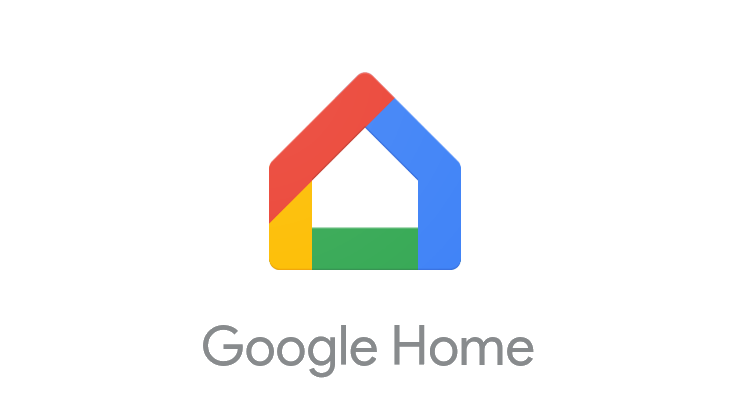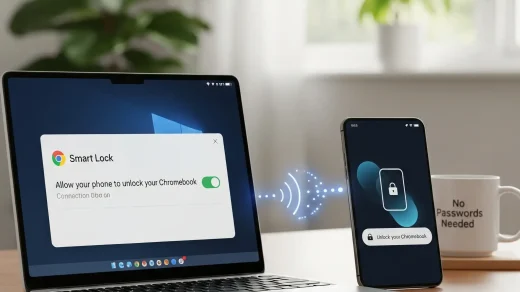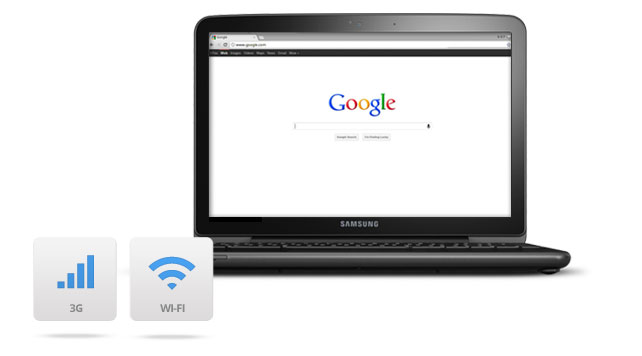Protecting America’s Digital Natives: How Chromebooks and Google’s Safety Features Are Keeping Kids Safe Online
Key Points
- Google is starting to test age assurance technology in the U.S. to identify if users are under or over 18.
- Younger users will get extra privacy and safety features automatically, like limits on ads and safer content settings.
- Adults can verify their age if Google guesses wrong, ensuring they keep full access to all features.
Google is beginning to test new technology that can tell the difference between young users and adults on its platforms. This system, called age assurance, will start rolling out in the U.S. over the next few weeks for a small group of people. The company wants to make sure Google products are safer for kids and teens by giving them more protection by default.
This move is part of a bigger effort by Google to support online safety. It includes tools like Family Link, which helps parents manage their children’s accounts, and apps like YouTube Kids, which offer child-friendly experiences. In places where age assurance has already been used, it’s worked well, says Google, so the company is expanding it in the U.S.
When Google’s system thinks a person is under 18, certain protections will turn on automatically. These include:
- YouTube Digital Wellbeing tools, like screen time reminders and limits on what content is suggested.
- Disabling Timeline in Google Maps, so location history isn’t tracked.
- Turning off personalized ads and blocking ads in categories not suitable for kids.
- Stopping access to adult-only apps on Google Play.
If Google believes someone is under 18, they’ll get a message explaining the changes. If the system is wrong, users (or their parents) can prove their age using a government ID or selfie. This helps make sure adults still have full access to all Google services.
Age assurance works by studying how a person uses Google services. For example, it looks at what someone searches for or what videos they watch. This information helps decide whether the user is likely under 18. No extra personal data is collected, and user privacy remains a priority, Google says.
This isn’t just a Google project. More companies are beginning to use age assurance to build safer online spaces for young people. Google says it supports teamwork across the tech world to make the internet better for everyone.
As this technology rolls out, it will mostly impact Chromebooks, ChromeOS, and Google services used in schools and homes. Parents and teachers using these tools should expect to see new safety features and options to manage them. Users who want to stay informed can watch for email updates from Google or check their account settings for changes.
You can also check out our list of the best Gmail Extensions, TikTok Extensions & the best Ai Extensions for Chrome.
Discover more from Chrome Geek
Subscribe to get the latest posts sent to your email.







